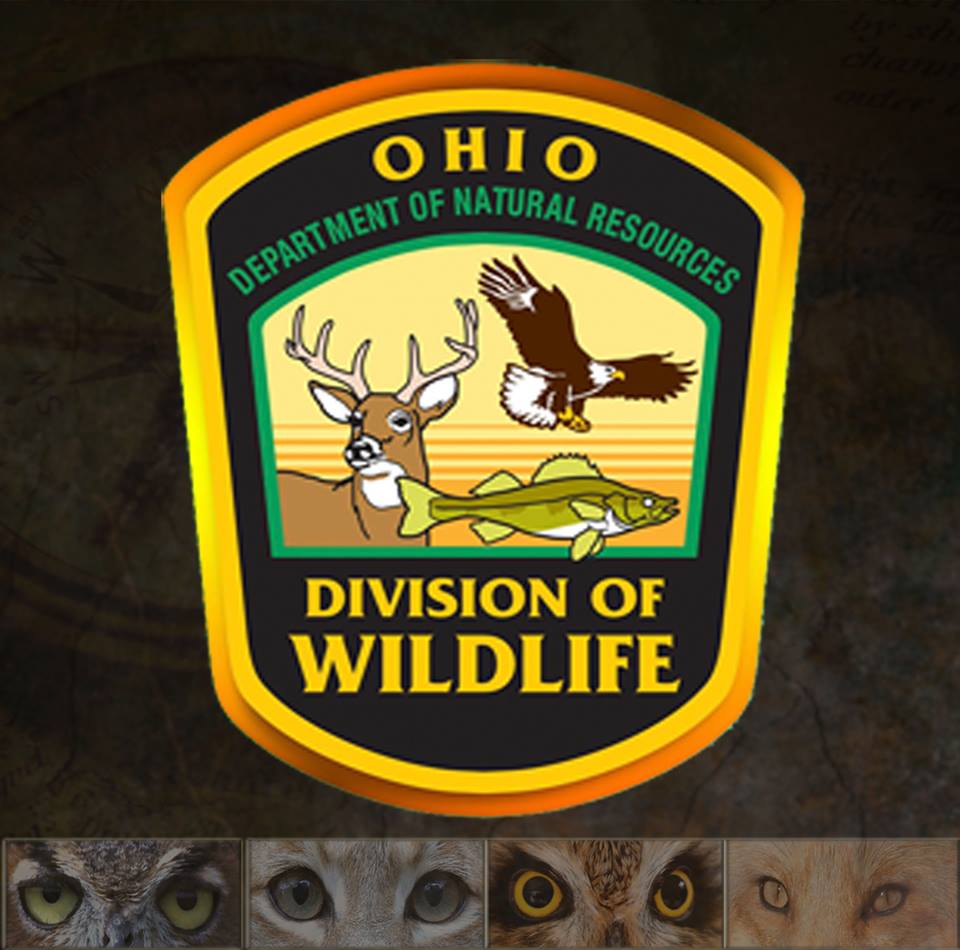Download Our Mobile App And Take WKTN With You . > > > > > > > > > > IT'S FREE!!
Hunters in Wyandot, Marion, and Hardin Counties Asked to Submit Deer for CWD Testing

FINDLAY, Ohio – The Ohio Department of Natural Resources (ODNR) Division of Wildlife is asking hunters in Wyandot, Marion, and Hardin counties to submit their deer for chronic wasting disease (CWD) testing for the remainder of the 2022 deer hunting season.
Additional deer samples are needed in response to recent CWD positive cases, and to better understand CWD in Ohio.
Samples of deer harvested from all townships in Wyandot, Hardin, and Marion counties are requested, which is a slight expansion from the current disease surveillance area.
More information about CWD, including a map of recent positive cases, is available at: ohiodnr.gov/cwd
Only the heads of mature deer (no fawns) should be submitted.
A list of self-serve kiosks where deer samples can be dropped off is available at: ohiodnr.gov/cwd
Participation is voluntary and free of charge.
Additional kiosks are located at:
Hardin County
.Ridgeway Hardware and General Store, 119 North Main Street, Ridgeway 43345. The kiosk is located across the street from the store.
Marion County
.Green Camp Township Fire Department, 217 Main Street, Green Camp 43322.
.Pleasant Township Fire Department, 1035 Owens Road West, Marion 43302.
.Scioto Valley Fire Department, 110 North Front Street, La Rue 43332.
Kiosks will be available during muzzleloader season, Jan. 8-11, and until the end of deer archery season, Sunday, Feb. 6.
For more information, call the CWD hotline at 419-429-8322.
CWD is a fatal neurological disease that affects white-tailed deer and has been detected in the wild deer herd in Wyandot and Marion counties. A disease surveillance area has been established in response to the confirmed cases, and intense monitoring will be in place for at least three years. According to the Centers for Disease Control and Prevention, there is no strong evidence that CWD is transmissible to humans.
To help protect Ohio’s deer herd from CWD, hunters should properly dispose of their deer carcasses by double-bagging all high-risk parts (brain, spinal cord, eyes, and lymphoid tissue) and setting it out with their household garbage for trash pickup. Those without trash pickup can double bag the carcass and take it to a municipal solid waste landfill or bury the carcass at least 3 feet deep on the property of harvest. The proper handling of carcasses, trims, and parts dramatically decreases the odds of spreading CWD.
Written by: WKTN Staff
Similar posts
Copyright WKTN-Home Town Media | Public File | FCC Applications | ADMIN | 112 N. Detroit Street, Kenton, OH 43326 | 419-675-2355


